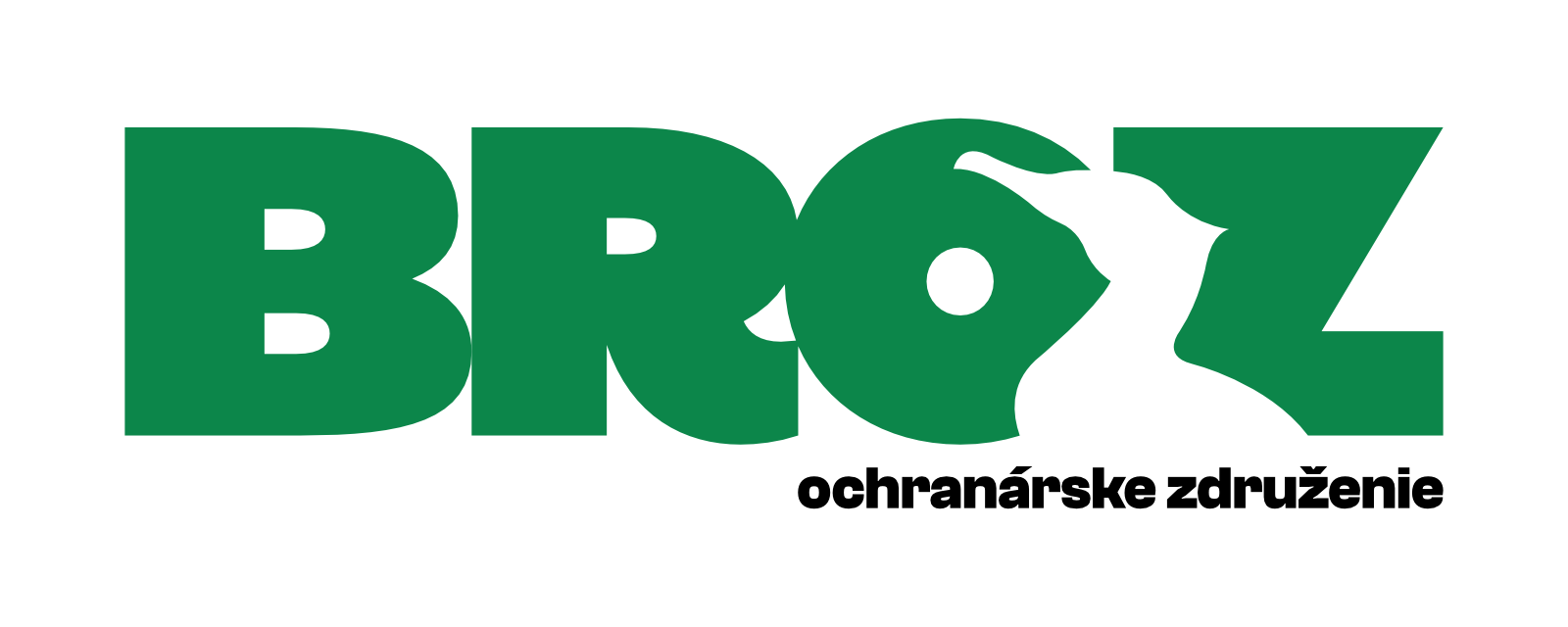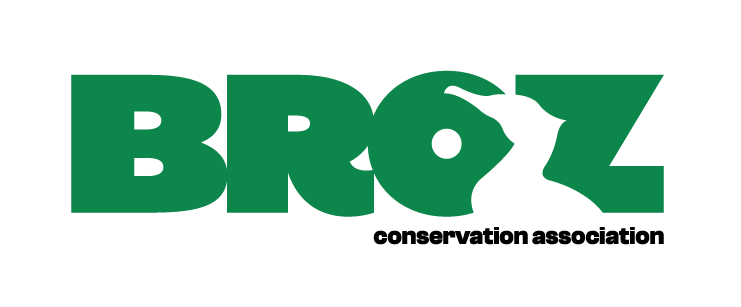We implement winter and early spring grazing. What are its benefits?
If you are looking for a blossoming cherry in May (at least here in Slovakia), you will find it in the White Carpathians in the protected area Vršatské bradlá. And with it also living mowers – a herd of goats and a few sheep. Grazing started exceptionally here already in April in two reserved plots.…















